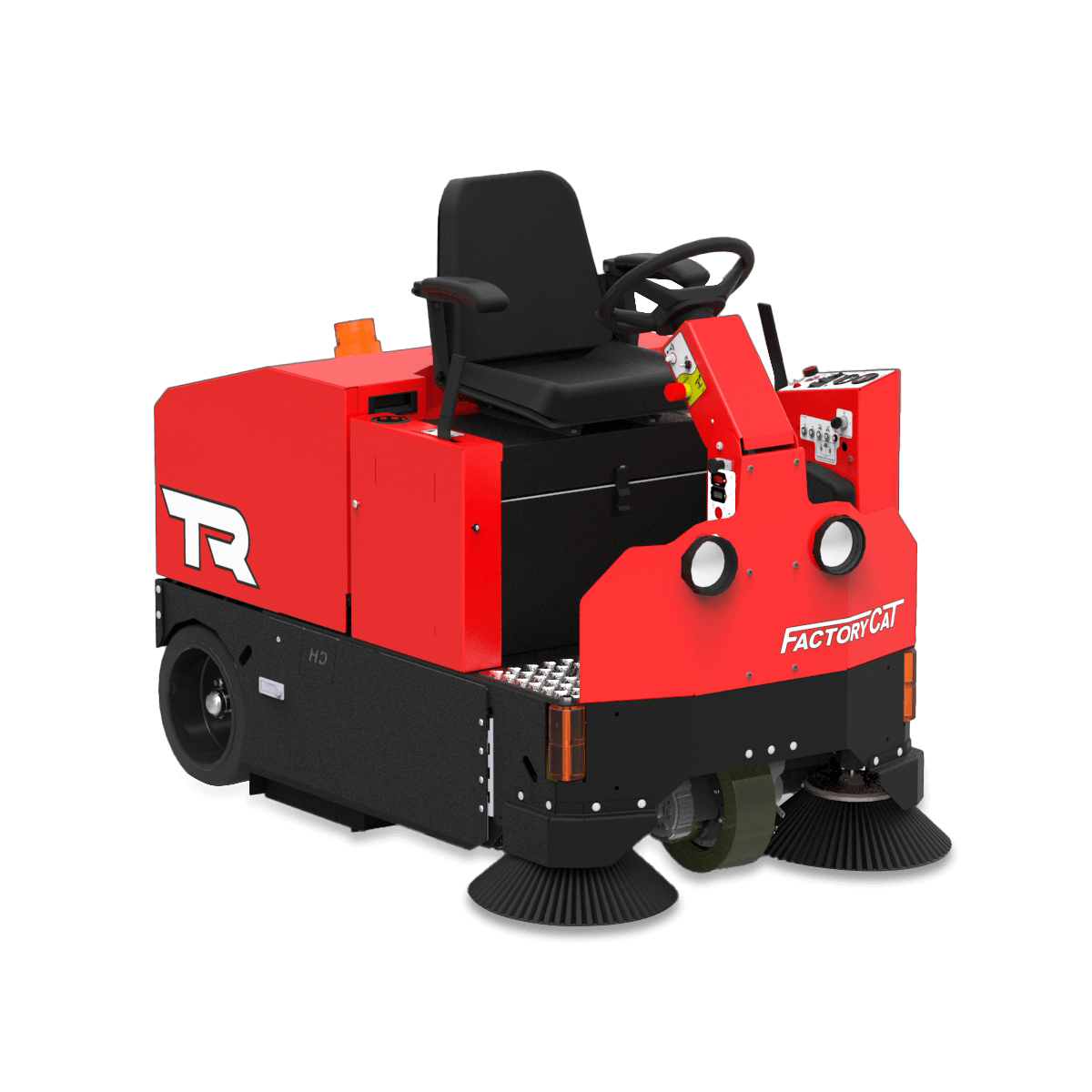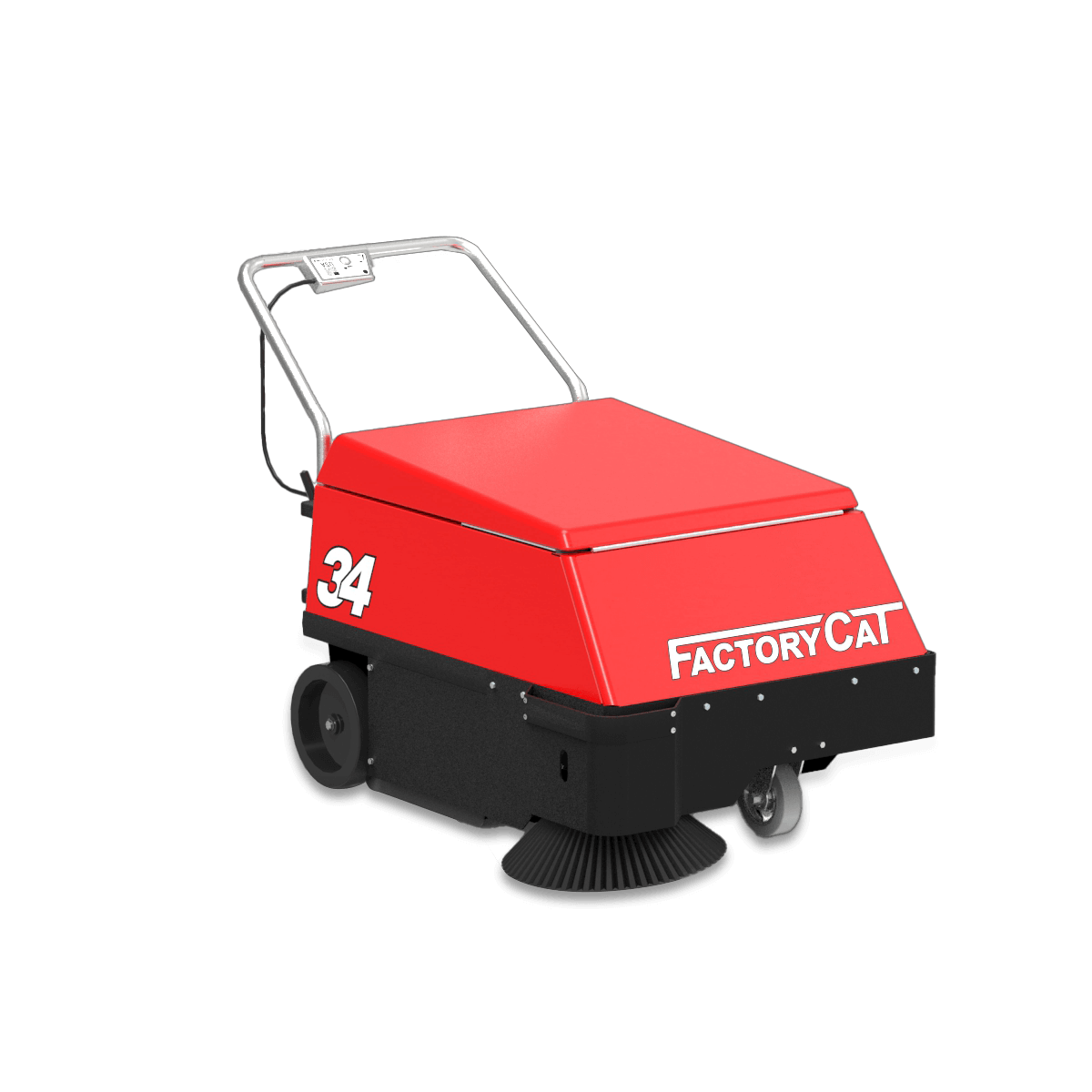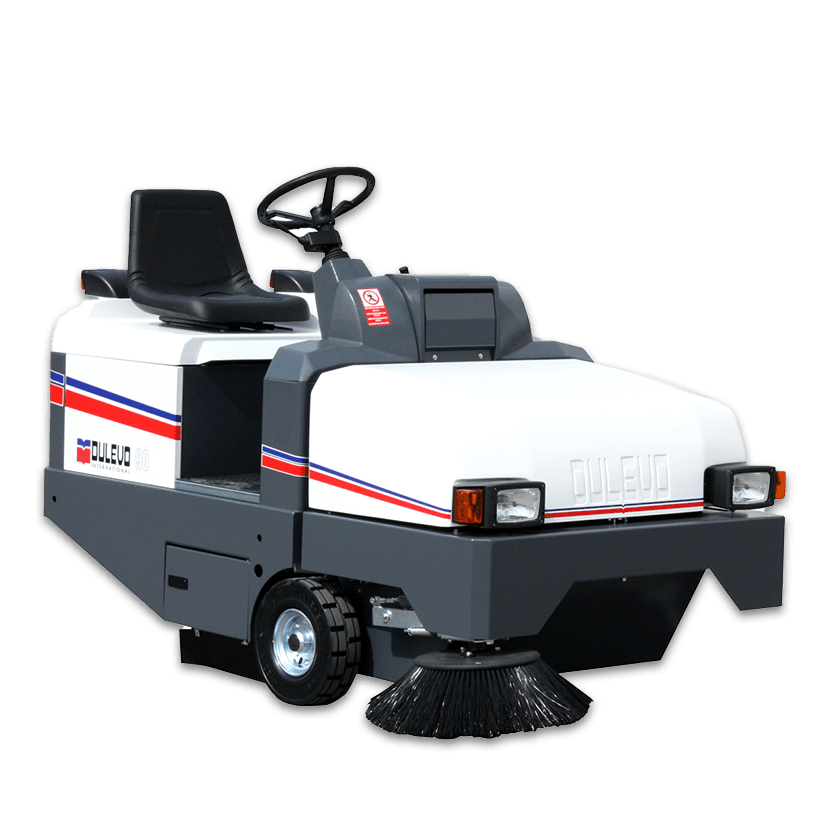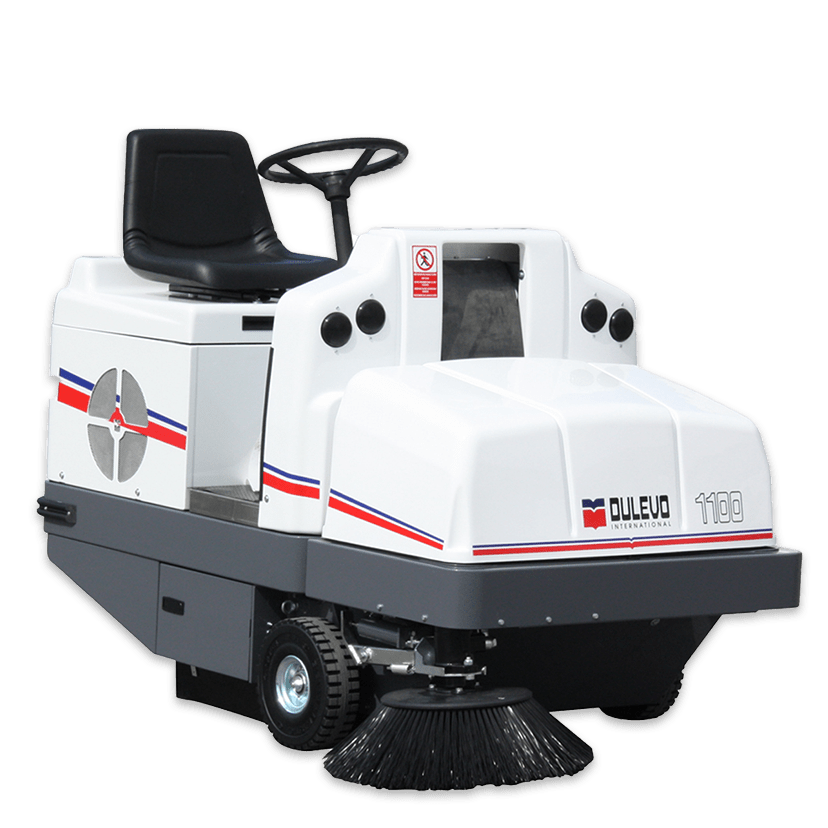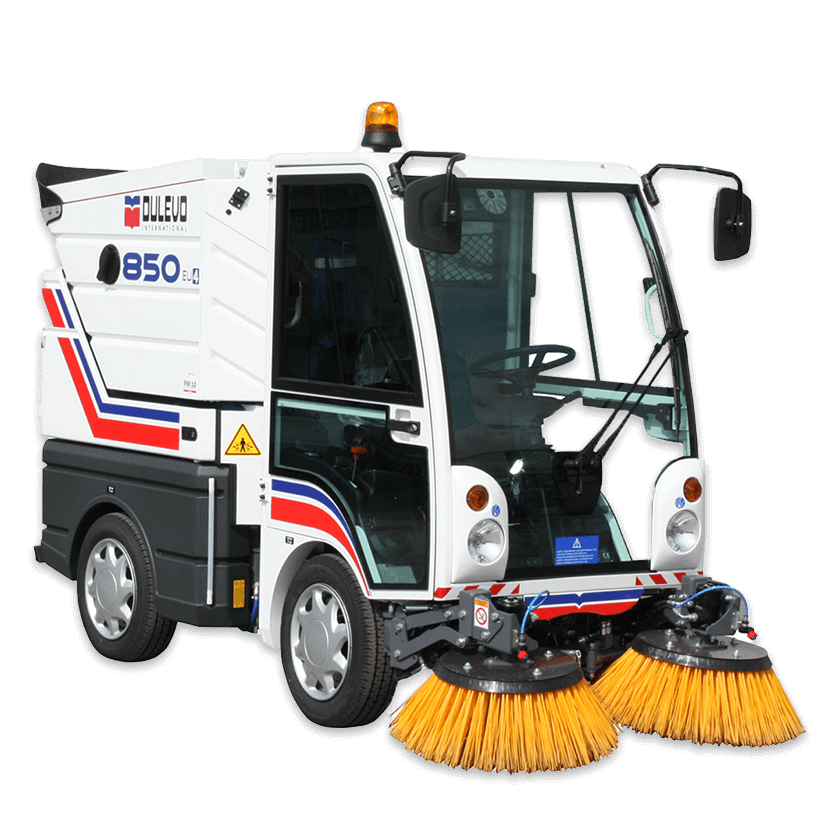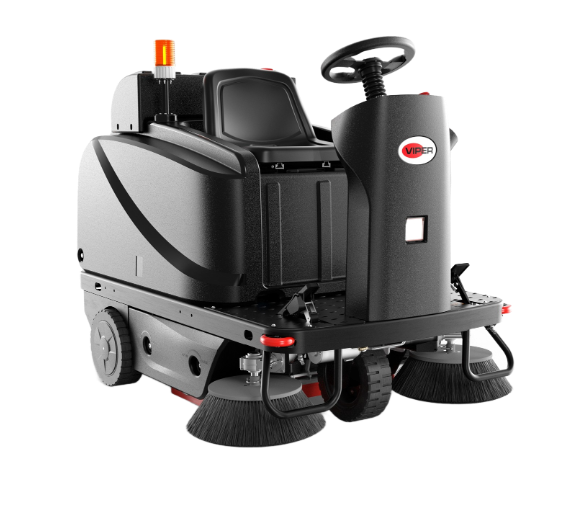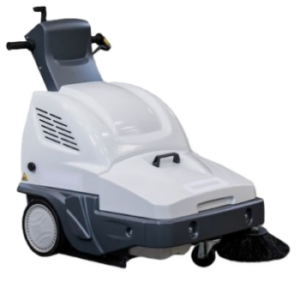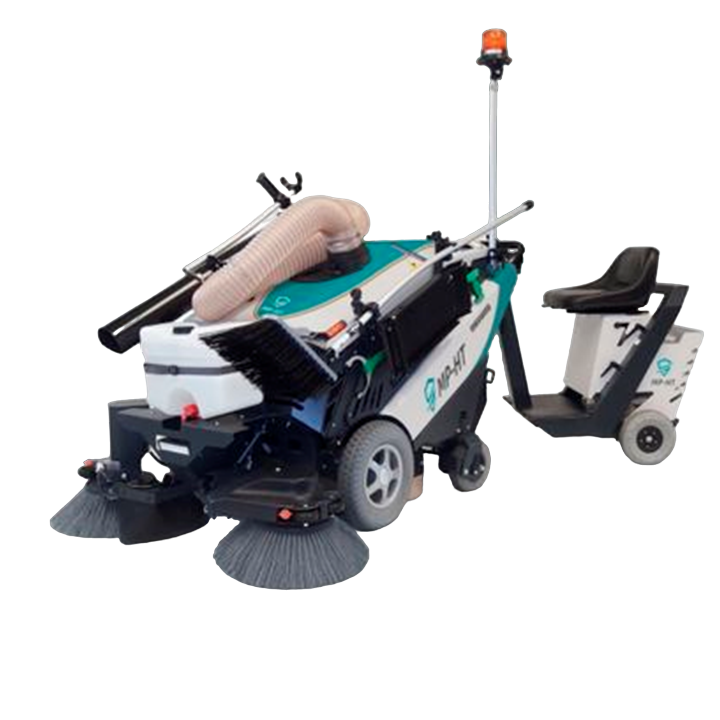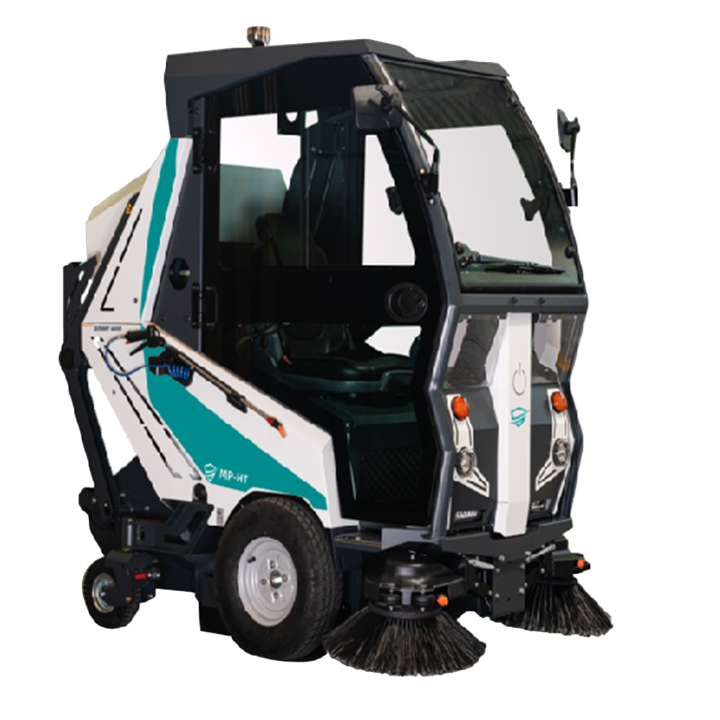The Ultimate Guide to Floor Sweeper Machines: Types, Uses, and Benefits
Introduction:
Clean, well-maintained floors are not only aesthetically pleasing but also essential for safety and hygiene in both residential and commercial spaces. To efficiently maintain pristine floors, floor sweeper machines are invaluable tools. In this comprehensive guide, we will explore what floor sweeper machines are, their diverse uses, and the different types available in the market.
1. What Are Floor Sweeper Machines?
1.1 Understanding Floor Sweeper Machines
Floor sweeper machines are mechanical devices designed to clean floors by sweeping and collecting dirt, debris, and dust. They are equipped with rotating brushes or broom-like mechanisms that dislodge and push debris into an onboard container. These machines are used in various settings, from homes and small businesses to large industrial and commercial spaces.
1.2 How Floor Sweeper Machines Work
Floor sweeper machines operate through a series of coordinated functions:
- Sweeping Mechanism: The machine’s brushes or brooms rotate and come into contact with the floor, sweeping dirt, dust, and debris into a central collection area.
- Dust Control: Many modern floor sweepers have dust control features such as filters and vacuum systems to prevent dust from escaping back into the environment.
- Collection Container: The collected debris is deposited into an onboard container, which can be emptied once it’s full.
- Manoeuvrability: Floor sweepers are designed to be pushed or operated manually, allowing users to navigate around obstacles and clean tight spaces.
2. Uses of Floor Sweeper Machines
Floor sweeper machines serve a wide range of purposes, making them indispensable in various settings. Here are some of their primary uses:
2.1 Routine Floor Maintenance
Regular sweeping and maintenance are essential to keep floors clean and debris-free. Floor sweepers make this process efficient and effective, whether it’s in a home, office, or retail space.
2.2 Dust and Debris Removal
Floor sweepers are highly effective at removing dust, dirt, leaves, and small debris from floors. They help maintain a clean and safe environment by preventing slips and falls.
2.3 Industrial and Commercial Spaces
In large industrial and commercial settings such as warehouses, factories, and parking lots, floor sweepers are used to clean extensive floor areas efficiently. Their large capacity and powerful sweeping capabilities make them ideal for these environments.
2.4 Construction Sites
Construction sites often accumulate a significant amount of debris and dirt. Floor sweepers help keep these areas clean, improving safety and organization on the site.
2.5 Airports and Transportation Facilities
Airports and transportation hubs require frequent sweeping to maintain cleanliness. Floor sweepers are used to clear runways, taxiways, and terminals of debris and foreign objects.
2.6 Educational Institutions
Schools, colleges, and universities often have large floor areas that require regular cleaning. Floor sweepers are efficient in maintaining cleanliness in educational institutions.
2.7 Municipal and Public Spaces
Municipalities use floor sweepers to keep streets, sidewalks, and public areas clean and free of debris. This enhances the overall appearance of the community.
2.8 Retail Stores
Retail stores benefit from floor sweepers to maintain clean and presentable floors, enhancing the shopping experience for customers.
3. Different Types of Floor Sweeper Machines
Floor sweeper machines come in various types, each tailored to specific cleaning needs and preferences. Understanding the different types will help you choose the right machine for your requirements.
3.1 Walk-Behind Floor Sweepers
- Usage: Walk-behind floor sweepers are versatile and suitable for both small and large cleaning tasks. They are commonly used by janitorial staff in various settings.
- Maneuverability: These machines are designed to be pushed or operated manually, offering good maneuverability in tight spaces.
- Collection Capacity: Walk-behind sweepers typically have moderate-sized collection containers, suitable for moderate-sized areas.
3.2 Ride-On Floor Sweepers
- Usage: Ride-on floor sweepers are designed for large commercial and industrial spaces that require extensive cleaning. Operators ride on the machine, making them suitable for covering vast areas efficiently.
- Efficiency: These machines are more powerful and efficient than walk-behind models, with larger collection containers for extended cleaning sessions.
- Productivity: Ride-on sweepers can significantly increase cleaning productivity, reducing labor costs in large facilities.
3.3 Compact Floor Sweepers
- Usage: Compact floor sweepers are designed for areas with limited space or narrow aisles, such as retail stores and offices.
- Size: They are smaller in size, allowing them to maneuver easily in tight spaces.
- Maneuverability: Compact sweepers are highly maneuverable, making them ideal for cleaning around obstacles and in confined areas.
3.4 Industrial Floor Sweepers
- Usage: Industrial floor sweepers are heavy-duty machines designed for the most demanding cleaning tasks in industrial settings. They can handle challenging environments and large areas.
- Durability: These machines are built to withstand harsh conditions and frequent use in industries like manufacturing and construction.
- Collection Capacity: They come equipped with large collection containers and robust components for continuous operation.
3.5 Battery-Powered Floor Sweepers
- Usage: Battery-powered floor sweepers are ideal for environments where access to power outlets is limited or when corded machines are not practical.
- Convenience: They offer the flexibility of cordless operation, allowing users to move freely without the constraint of a power cord.
- Battery Life: Consider the battery life, as it determines the runtime between charges. Some models offer longer battery life for extended cleaning sessions.
3.6 Industrial Ride-On Sweeper Scrubbers
- Usage: Industrial ride-on sweeper scrubbers are a combination of a sweeper and a scrubber, making them versatile for cleaning large areas while simultaneously scrubbing the floor and collecting debris.
- Efficiency: They are highly efficient in cleaning and debris collection, reducing the need for additional sweeping equipment.
- Ideal for Outdoor Use: These machines can be used both indoors and outdoors, making them suitable for parking lots, warehouses, and distribution centers.
3.7 Autonomous or Robotic Floor Sweepers
- Usage: Robotic floor sweepers are equipped with autonomous cleaning technology, making them suitable for spaces where labor costs can be reduced through automation.
- Automation: These machines can navigate and clean an area autonomously, following pre-programmed routes or using sensors to avoid obstacles.
- Efficiency and Cost Savings: Robotic sweepers can operate during non-business hours, reducing labor costs and increasing cleaning efficiency.
4. Key Features to Consider
When selecting a floor sweeper machine, several key features should be taken into account to ensure it meets your specific needs and preferences:
4.1 Cleaning Path Width
- Consider the width of the cleaning path, as it determines how much area the machine can cover in one pass. A wider cleaning path can reduce cleaning time for larger areas.
4.2 Collection Capacity
- The size of the collection container is crucial, especially for larger cleaning tasks. Machines with larger containers require fewer emptying cycles.
4.3 Dust Control
- Evaluate the dust control features of the machine, such as filters and vacuum systems, to prevent dust from escaping back into the environment.
4.4 Battery Life or Power Source
- Depending on your needs, choose between battery-powered or corded machines. Consider battery life for cordless models, ensuring it meets the required runtime.
4.5 Maneuverability and Ease of Use
- Assess the maneuverability of the machine, especially if you have tight spaces or obstacles to navigate. Choose a machine that is easy to operate.
4.6 Durability
- For heavy-duty applications, prioritize machines with robust construction and durable components to ensure long-term reliability.
4.7 Accessories and Attachments
- Check for additional attachments and accessories, such as brushes for different floor types or specialized tools for edge cleaning.
4.8 Noise Level
- Consider the noise level of the machine, especially if you are cleaning in noise-sensitive environments. Quieter machines may be preferred in some settings.
4.9 Maintenance and Servicing
- Review the manufacturer’s guidelines for maintenance and servicing requirements to ensure the machine remains in optimal working condition.
4.10 Warranty and Customer Support
- Select machines from reputable manufacturers that offer solid warranties and reliable customer support for peace of mind.
5. Maintenance and Care
Proper maintenance is essential to ensure the longevity and effectiveness of your floor sweeper machine. Here are some tips for keeping your machine in top condition:
5.1 Daily Cleaning
- After each use, clean the machine’s brushes or brooms, collection container, and filters (if applicable) to prevent the buildup of debris and dust.
5.2 Emptying and Cleaning the Collection Container
- Always empty the collection container promptly when it’s full to prevent overloading and ensure optimal performance. Clean the container to remove any residual debris.
5.3 Brush or Broom Inspection
- Regularly inspect the brushes or brooms for wear and tear. Replace them when necessary to maintain effective sweeping.
5.4 Dust Control System Maintenance
- If your machine has a dust control system, clean or replace filters as recommended by the manufacturer to maintain efficient dust containment.
5.5 Battery Care (for Battery-Powered Machines)
- If using a battery-powered machine, follow the manufacturer’s guidelines for battery maintenance and charging to extend battery life.
5.6 Hose and Connection Inspection
- Regularly inspect hoses and connections for clogs or damage. Replace any damaged parts promptly.
5.7 Scheduled Maintenance
- Follow the manufacturer’s recommended maintenance schedule for your specific machine. This may include periodic professional servicing.
Conclusion
Floor sweeper machines are indispensable tools for maintaining dust free, clean, safe, and attractive floors in various settings. By understanding the different types, uses, and key features of these machines, you can make an informed decision when choosing the right one for your specific cleaning needs. Whether you require a compact machine for a small retail store or a heavy-duty industrial unit for a warehouse, there is a floor sweeper available to help you efficiently maintain pristine floors. With proper maintenance and care, your machine will continue to provide excellent sweeping results for years to come, contributing to a cleaner and safer environment.
If you have any further questions about carpet extractors or need any advice or help, please get in touch with our friendly team of experts here at Beta Solutions Ltd and we will be happy to help.
